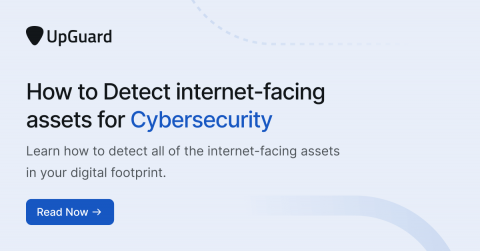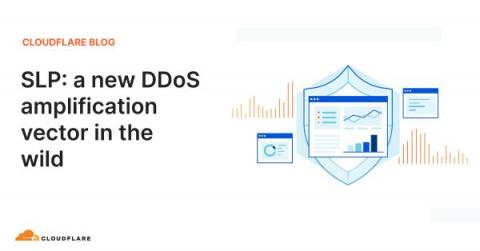Relentless Threat Activity Puts Identities in the Crosshairs
One set of valid employee credentials can provide an adversary with all they need to log into a business, move laterally, escalate privileges and achieve their goals — whether that’s removing access to accounts, terminating services, destroying data or deleting resources. Identity-based attacks are subtle, but destructive, and organizations must be on high alert for them. CrowdStrike reported 80% of cyberattacks now leverage stolen or compromised credentials.











